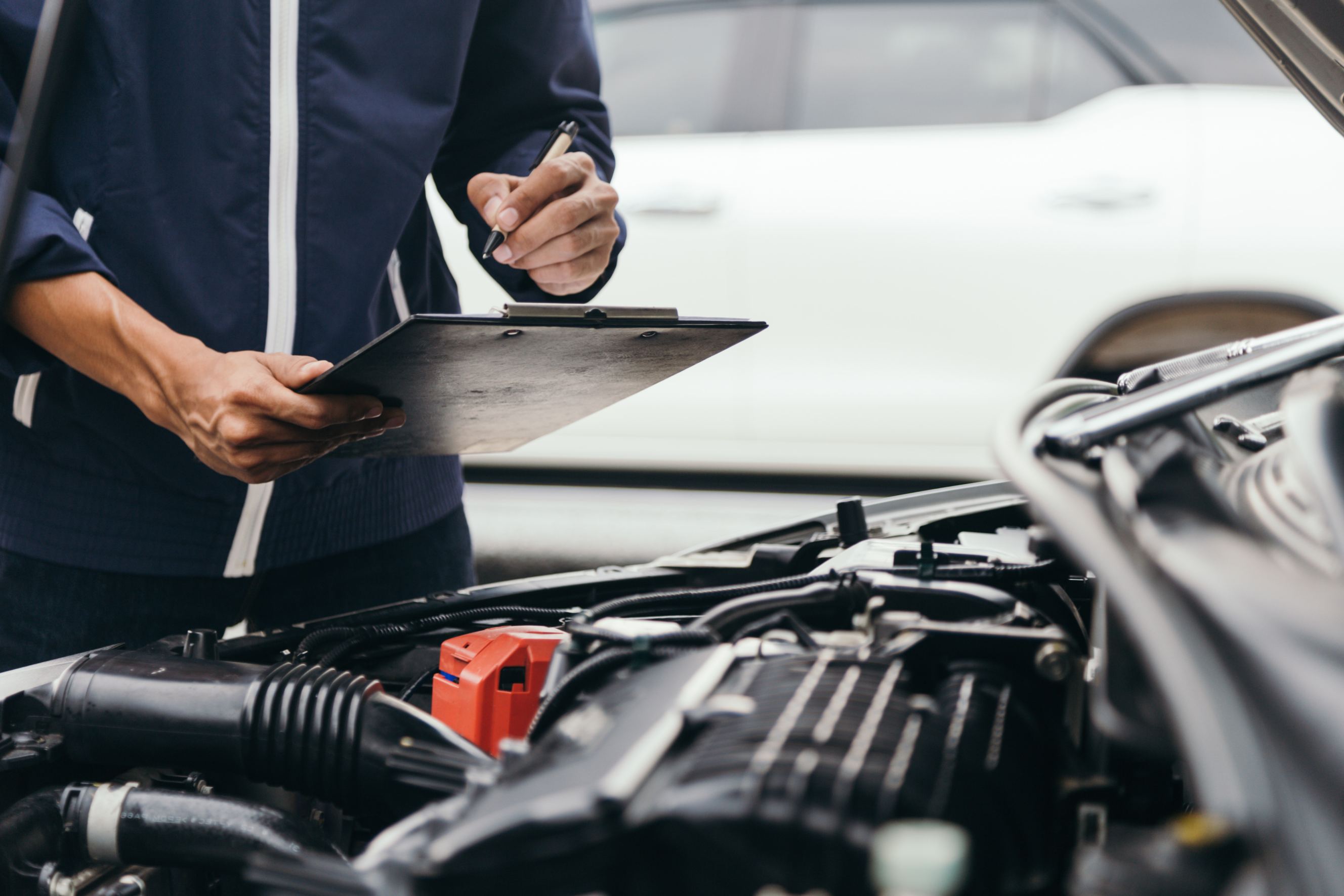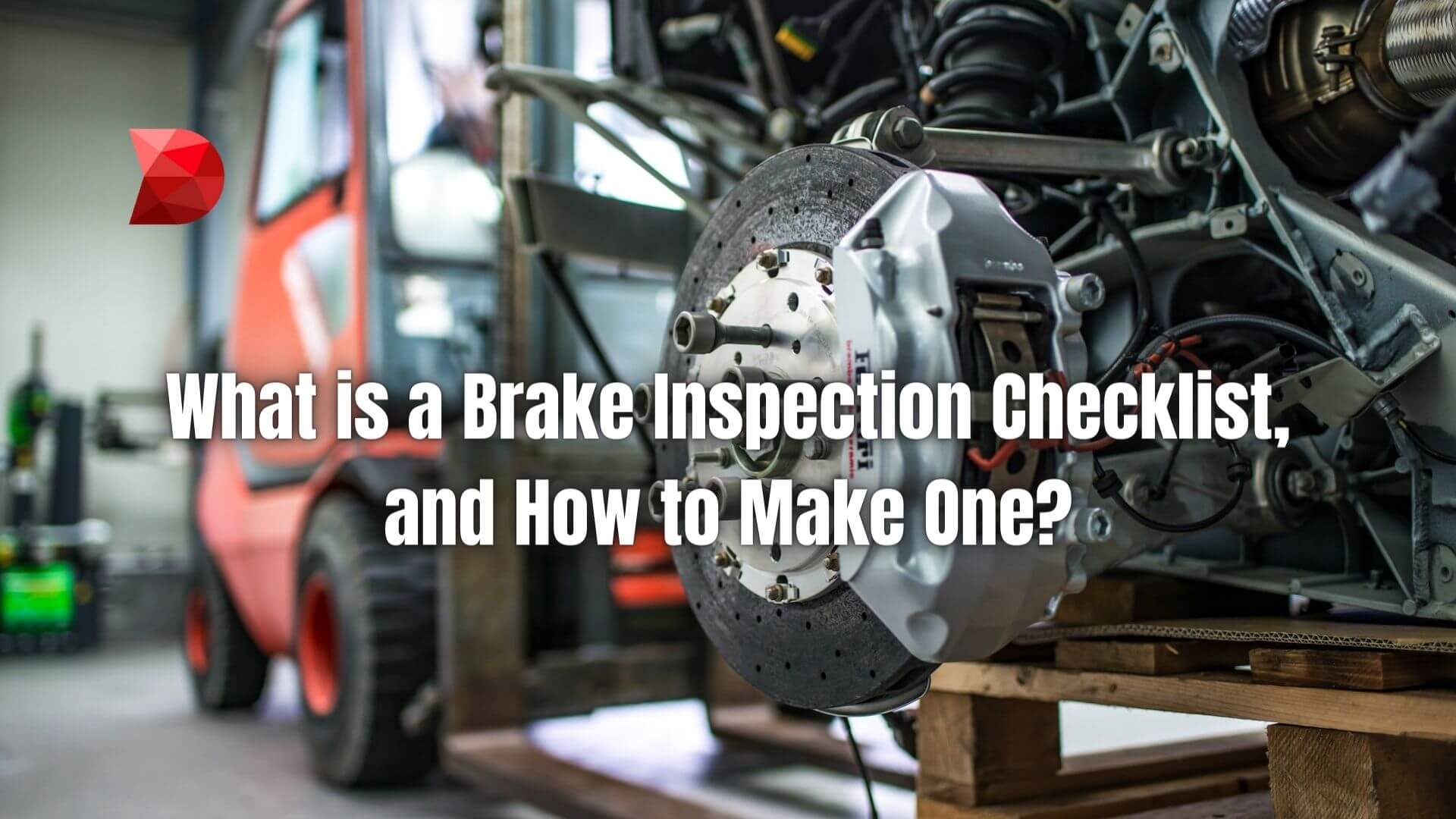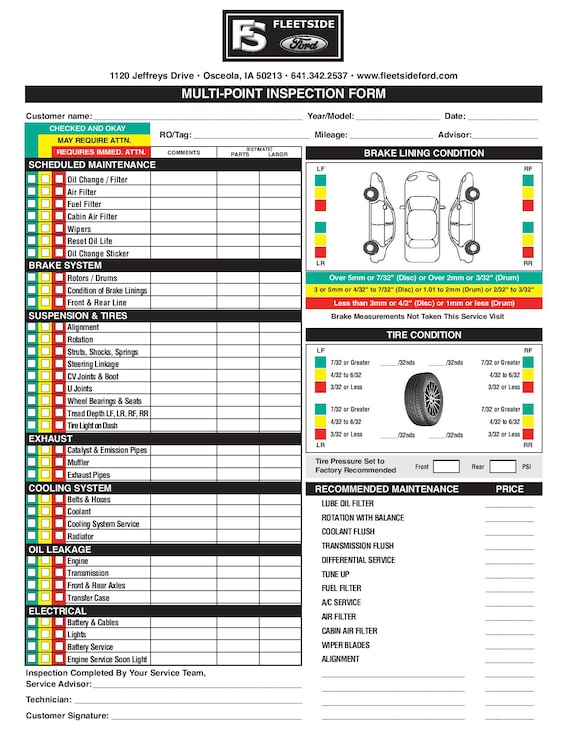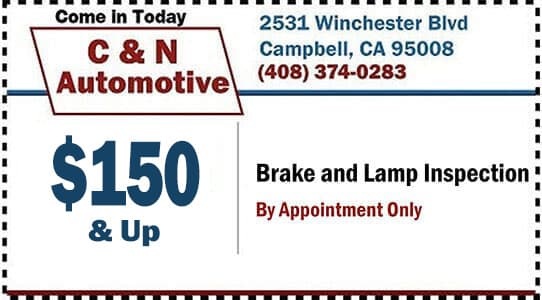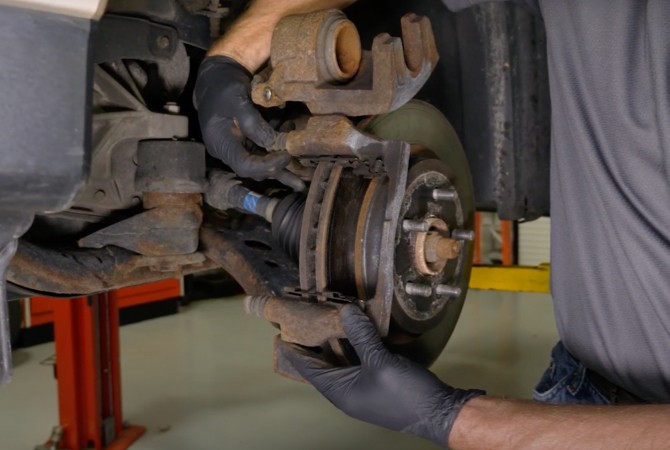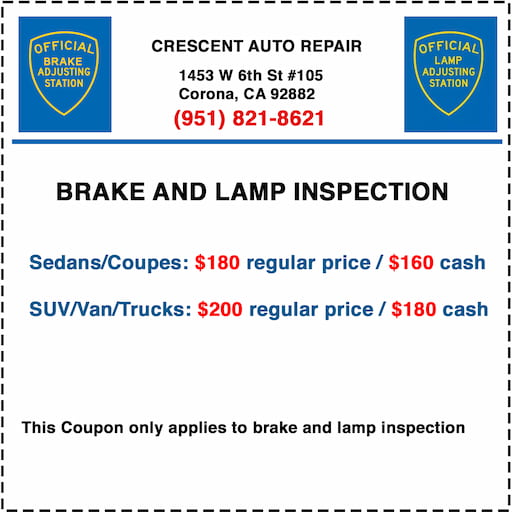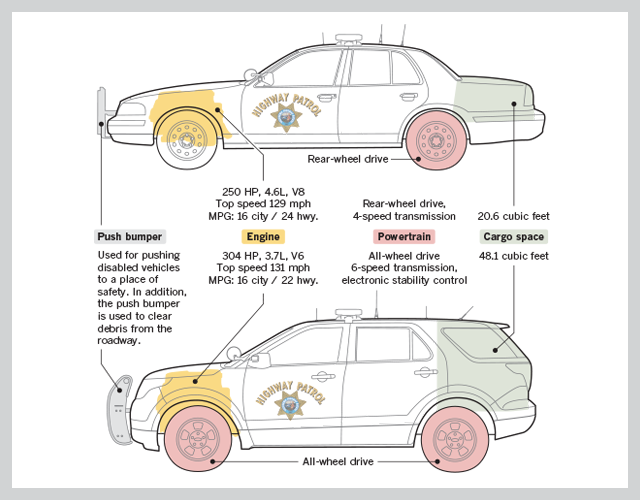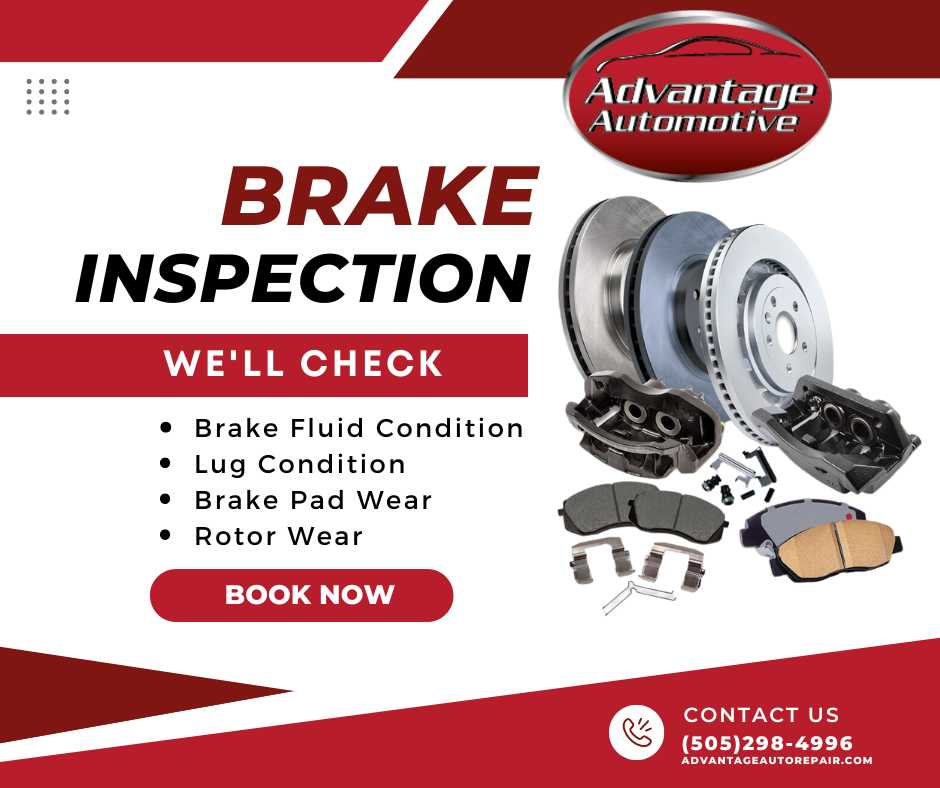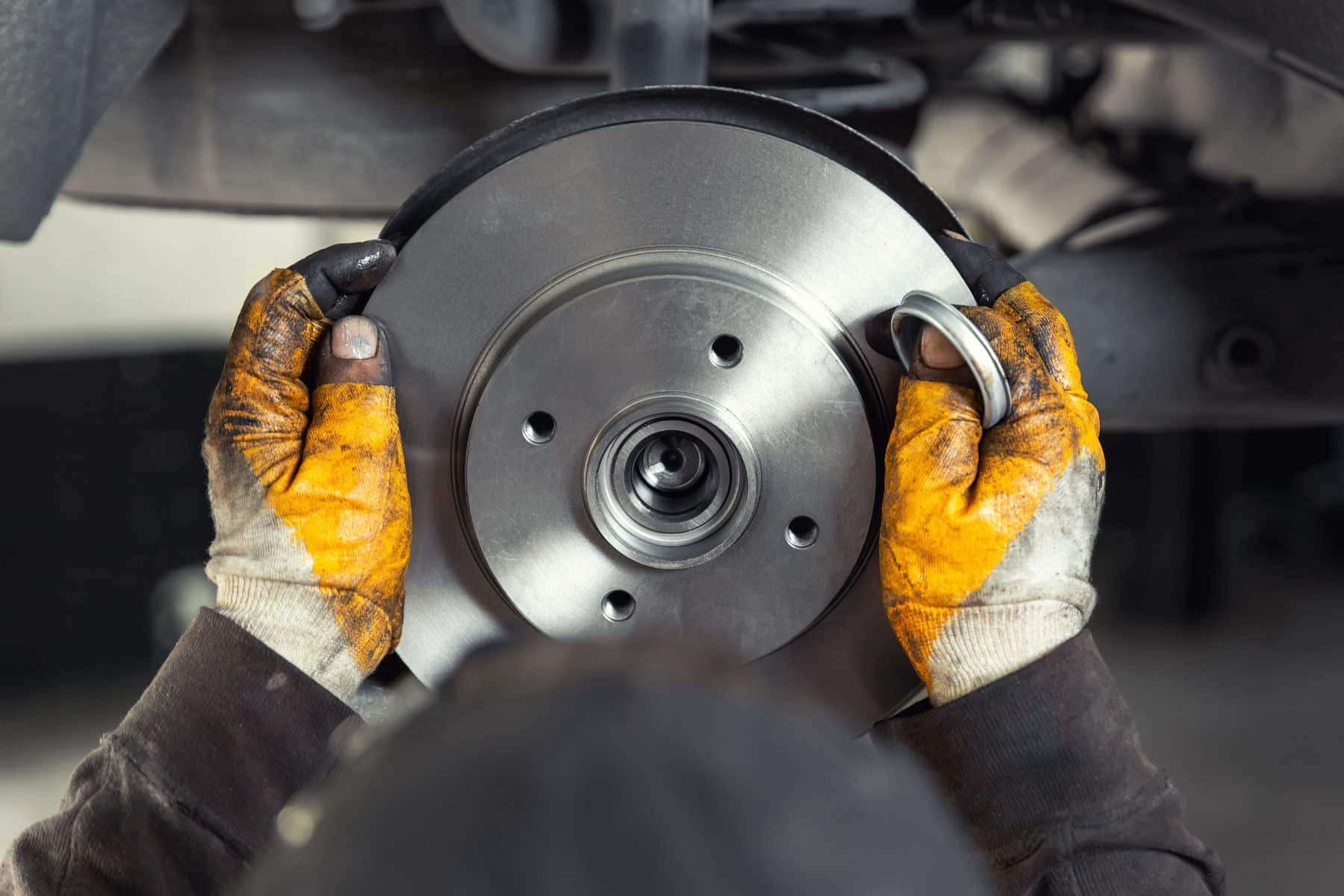Where To Get A Brake And Light Inspection
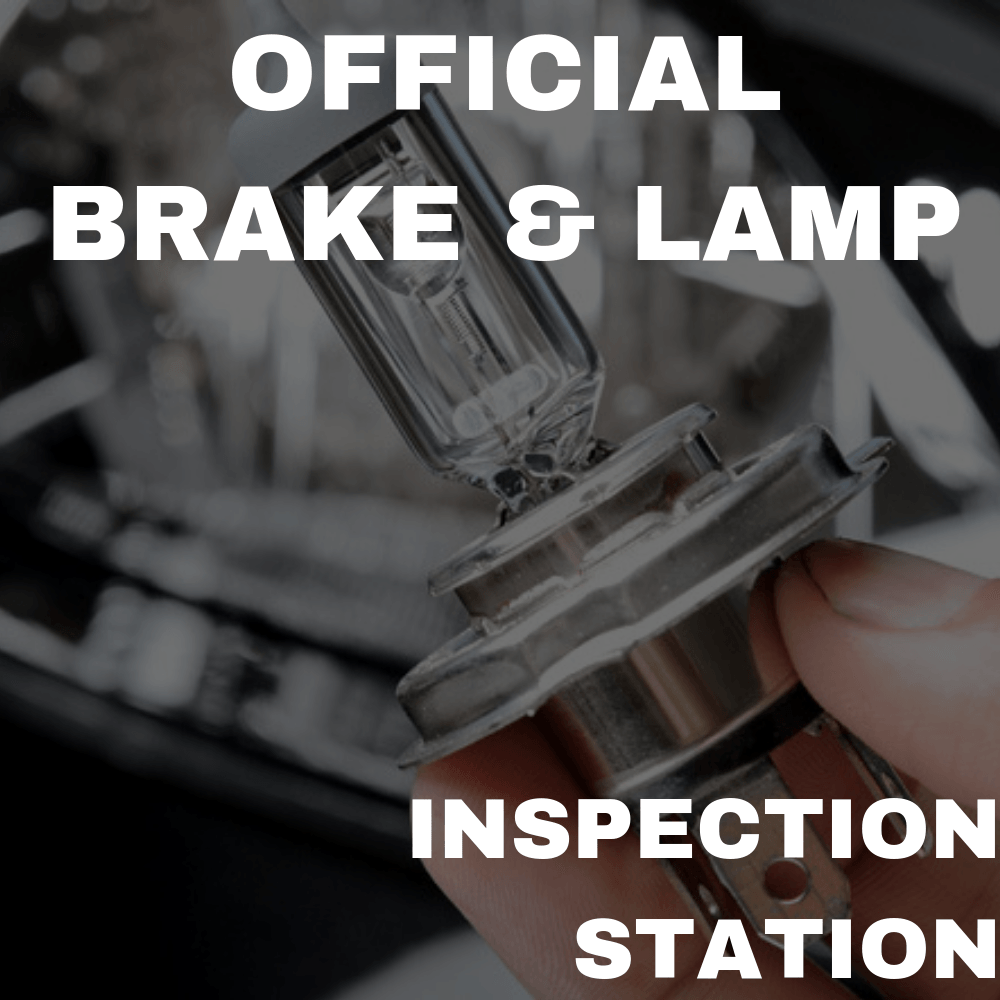
A silent danger lurks on roadways across the nation: vehicles operating with compromised brakes and faulty lights. Every year, countless accidents are attributed to these often overlooked maintenance issues. For drivers concerned about safety and legal compliance, knowing where to obtain a reliable brake and light inspection is paramount.
This article serves as a comprehensive guide for finding trustworthy brake and light inspection services. It will delve into various options, from certified mechanics to specialized inspection centers, outlining what to expect during the process. The goal is to empower drivers to make informed decisions, ensuring their vehicles meet safety standards and contribute to safer roads for everyone.
Understanding Brake and Light Inspections
Brake and light inspections are vital safety checks designed to identify potential problems with a vehicle's braking system and lighting components. These inspections typically involve a thorough examination of brake pads, rotors, calipers, brake lines, and the master cylinder. Proper function of headlights, taillights, turn signals, and brake lights is also verified.
The specific requirements for brake and light inspections vary by state and even by locality. Some jurisdictions mandate these inspections annually or bi-annually as part of vehicle registration, while others only require them upon the sale of a vehicle or after certain repairs.
Where to Get an Inspection
Several options are available for obtaining brake and light inspections. The best choice depends on factors such as convenience, cost, and the level of expertise required.
Certified Mechanics and Repair Shops: Many independent mechanics and established repair shops offer brake and light inspection services. Choosing a certified mechanic, particularly one certified by the National Institute for Automotive Service Excellence (ASE), provides assurance that the technician has the necessary training and knowledge.
Dealership Service Centers: Dealerships typically offer brake and light inspections for the vehicles they sell. While potentially more expensive than independent shops, dealership service centers often employ specialized technicians with specific knowledge of the vehicle make and model.
Specialized Inspection Centers: In some areas, specialized inspection centers focus exclusively on vehicle safety inspections, including brakes and lights. These centers are often state-licensed and equipped with advanced diagnostic tools.
Mobile Inspection Services: A growing trend is the emergence of mobile inspection services that bring the inspection to the customer's location. This option can be particularly convenient for individuals with busy schedules or limited mobility.
What to Expect During an Inspection
A typical brake and light inspection takes approximately 30 minutes to an hour to complete. The inspector will visually examine the brake components for wear, damage, and leaks.
The inspector will also test the functionality of the brakes, often using a brake dynamometer to measure braking force. Similarly, all lights will be checked to ensure they are functioning correctly, properly aligned, and meet minimum brightness requirements.
Following the inspection, the customer will receive a report outlining the findings. The report will indicate whether the vehicle passed or failed the inspection. If the vehicle fails, the report will specify the reasons for failure and the recommended repairs.
Cost Considerations
The cost of a brake and light inspection can vary depending on the location and the type of service provider. Independent mechanics often offer the most competitive prices, while dealerships may charge a premium.
It's important to inquire about the cost of the inspection upfront and to ask for a detailed estimate of any necessary repairs. Keep in mind that the cost of repairs will be separate from the initial inspection fee.
Some auto insurance policies may offer discounts for vehicles that pass a brake and light inspection. Contact your insurance provider to inquire about potential savings.
The Importance of Regular Inspections
Regular brake and light inspections are not merely a matter of legal compliance; they are crucial for ensuring vehicle safety and preventing accidents. Faulty brakes can significantly increase stopping distances, while malfunctioning lights can reduce visibility, especially at night or in adverse weather conditions.
According to the National Highway Traffic Safety Administration (NHTSA), brake-related issues are a contributing factor in a significant percentage of traffic accidents each year. Maintaining properly functioning brakes and lights can dramatically reduce the risk of accidents and injuries.
Beyond safety, regular inspections can also help prevent costly repairs in the long run. Identifying and addressing minor brake or light issues early on can prevent them from escalating into more significant problems.
Future Trends in Vehicle Inspections
The automotive industry is constantly evolving, and vehicle inspections are no exception. Emerging technologies are likely to play an increasingly important role in future inspections.
Remote diagnostics, using sensors and data analytics, could allow for real-time monitoring of brake and light performance. This would enable proactive maintenance and early detection of potential problems.
Furthermore, the growing adoption of electric vehicles (EVs) will necessitate specialized inspection procedures tailored to the unique braking and lighting systems found in these vehicles. Inspectors will need to be trained to handle the high-voltage components and regenerative braking systems of EVs.
Conclusion
Knowing where to obtain a reliable brake and light inspection is essential for every vehicle owner. By choosing a reputable service provider and understanding the inspection process, drivers can ensure their vehicles meet safety standards and contribute to safer roads. Prioritizing regular inspections is an investment in both personal safety and the well-being of others.


